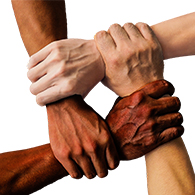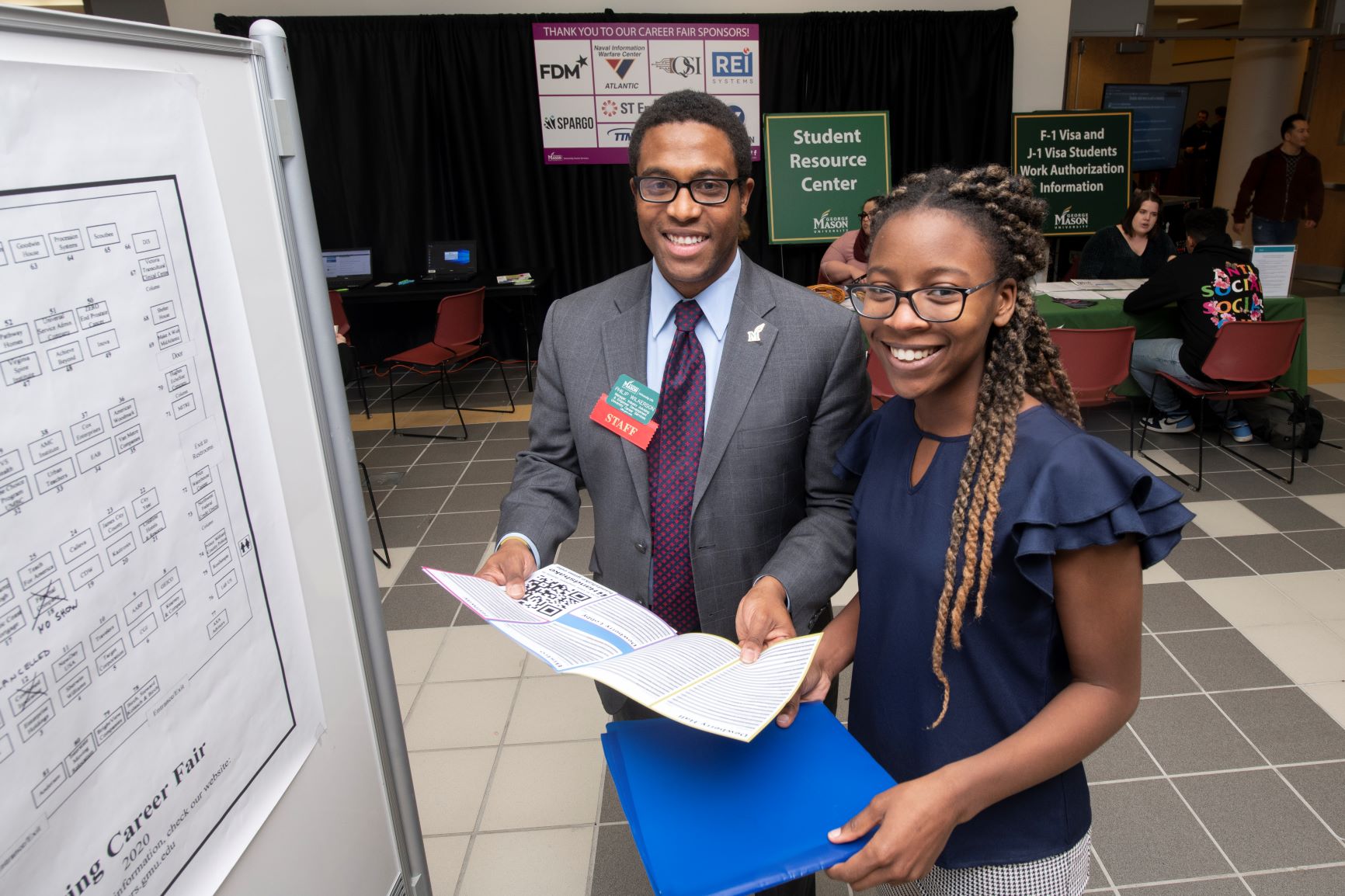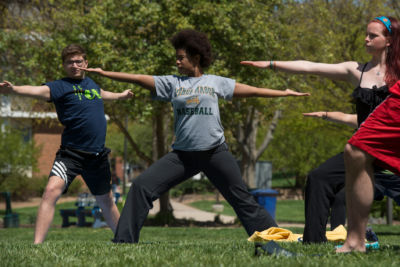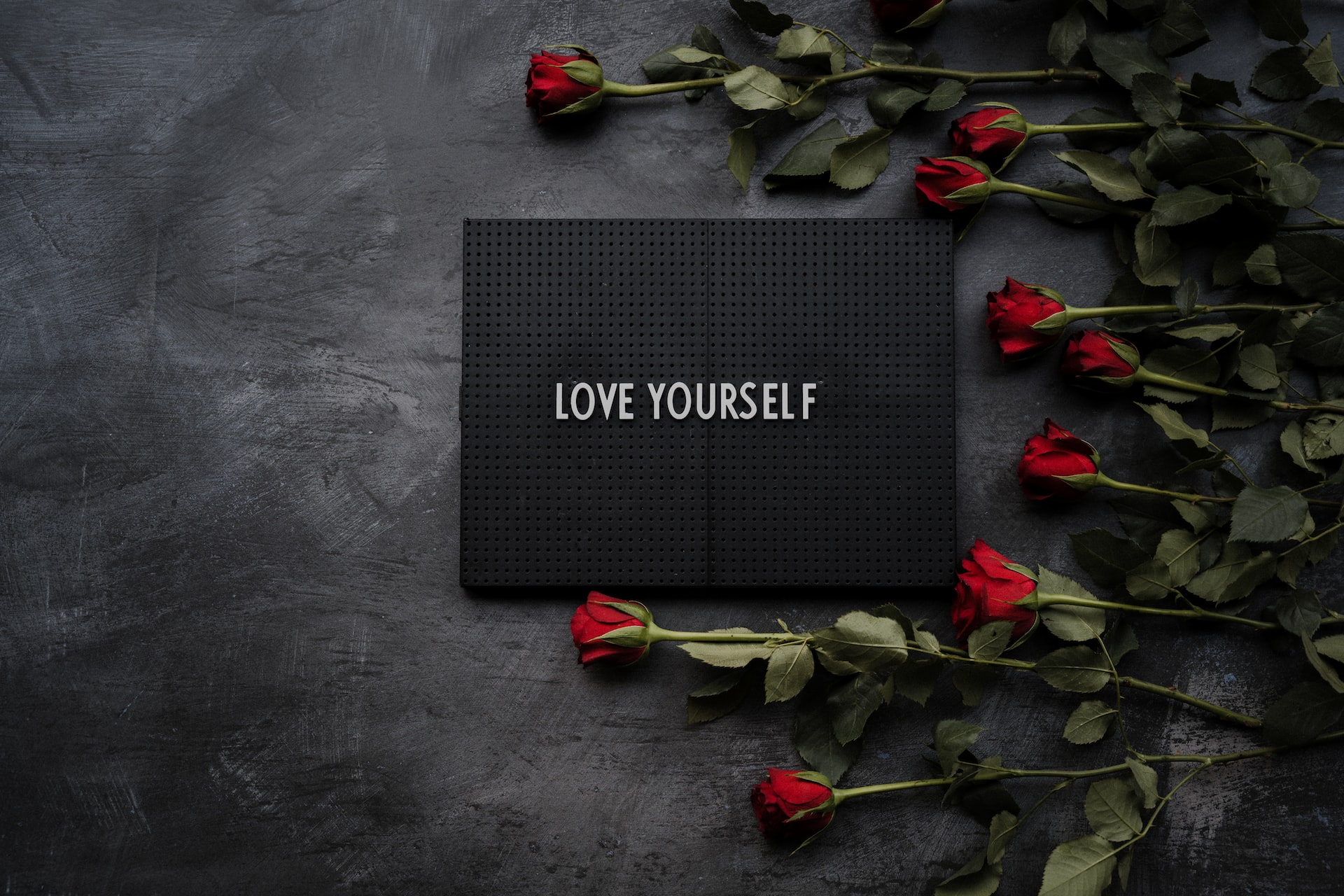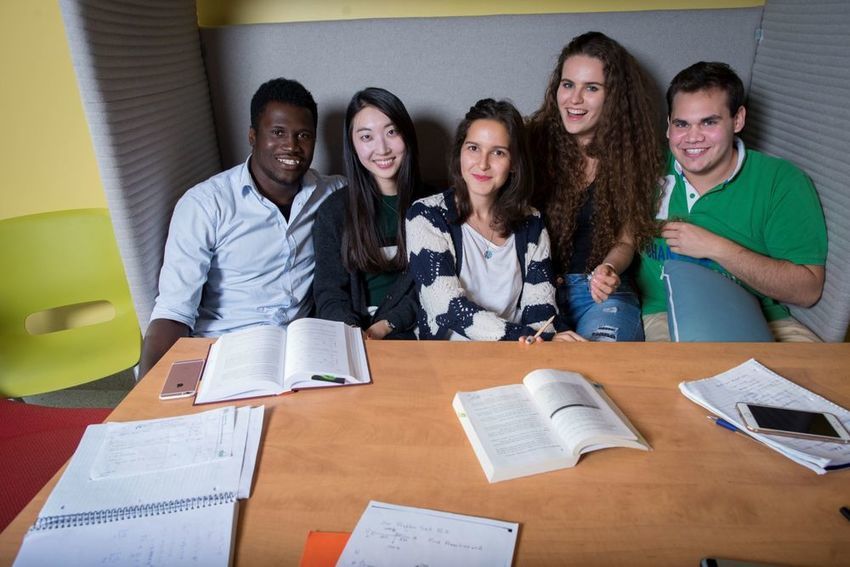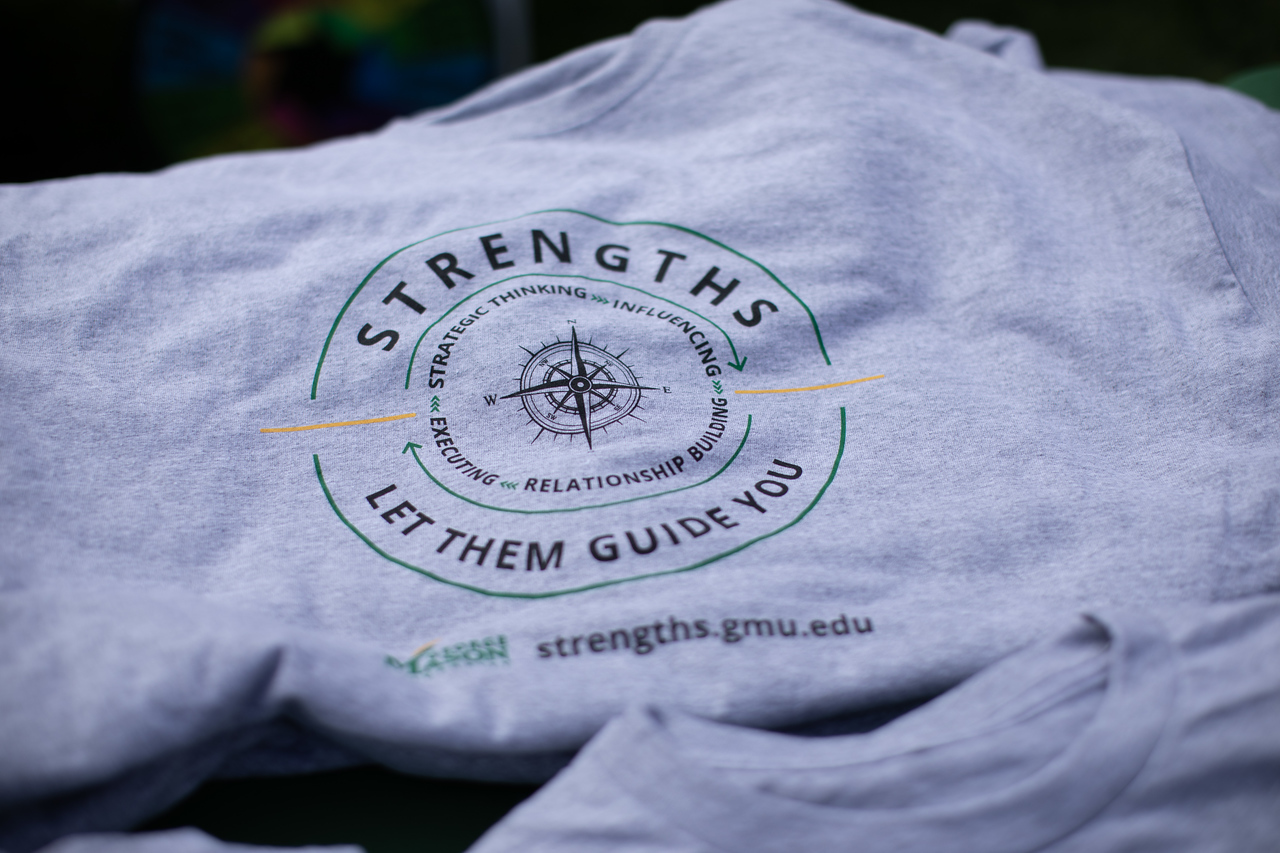By: Susan Kehoe, volunteer puppy raiser for Canine Companions for Independence
“If strength is love, then we weren’t strong enough. But if strength is letting love go, we were.” – Joe Bolton
Creating inclusive spaces for people with disabilities is essential for fostering well-being and belonging. Service dogs play a vital role in supporting independence, safety, and emotional well-being for their handlers, bridging gaps between the disabled and non-disabled communities. We all have a part to play in making both disabled people and their service dogs feel welcome wherever we meet. Understanding how to engage with a person who relies on a service dog makes a significant difference in fostering respect, connection, and inclusion. Here’s how to welcome disabled people and their service dogs for well-being.
Service Dogs and the Importance of Inclusive Interactions
The Americans with Disabilities Act (ADA), defines a service dog as “a dog that is individually trained to do work or perform tasks for a person with a disability.” Service dogs help people with disabilities lead more independent lives. They can perform a diverse variety of tasks, such as: pulling wheelchairs, turning on lights, retrieving dropped items, guiding someone who is visually impaired, alerting someone to sounds, or providing emotional support during stressful situations.
“Disability” is defined by the ADA as “a physical or mental impairment that substantially limits one or more major life activities, including people with history of such an impairment, and people perceived by others as having such an impairment.” The ADA prohibits discrimination on the basis of disability in employment, state and local government, public accommodations, commercial facilities, transportation, and telecommunications. Service dogs in training are covered by the law if the trainer is engaged in the actual training process and activities of service dogs.
My family raises service dogs for Canine Companions for Independence (CCI). At CCI, service dogs are matched with individuals with conditions such as cerebral palsy, autism spectrum disorder, muscular dystrophy, PTSD, and hearing loss. Carli, for instance, is a hearing dog who helps her handler stay aware of crucial sounds, improving physical safety and promoting greater social interaction. Beyond assisting with practical tasks, service dogs help reduce isolation, elevate mood, build confidence, and encourage physical activity.
Not every dog makes the cut. Dogs like Connor, lovingly referred to as “change of career” pups, may not meet the demanding criteria but still find meaningful roles, often as cherished family pets or therapy animals. Graduating a service dog is bittersweet, but the profound impact these animals have on others makes it a fulfilling journey for raisers, trainers, handlers, and volunteers.
You may spot me around Mason’s Fairfax campus with our newest trainee, Enrique.
Service dogs can bridge divides between people. Unfortunately, it’s not unusual to see individuals with disabilities being excluded or for others to be unsure what to do or say around folks with a disability. This often manifests in avoiding eye contact, maintaining greater personal distance, and keeping interactions brief. In his article “How to Help People with Disabilities Feel Welcome” Joshua Wilder asks us to recall that universal awkward feeling most of us have in a room full of strangers. He challenges us to imagine how heightened that feeling is when you’re the only person in the room with a disability. In her article “On Becoming Friends with a Non-Disabled Person” Kelly Dawson notes: “Too many non-disabled people are unaware of the disabled community’s lived experience – that we’re whole people with interesting lives – and that’s a detriment to everyone.”
Despite the increasing visibility of service dogs, people with disabilities still encounter social barriers. Fortunately, research shows that the presence of service dogs encourages interaction and helps break down these social barriers.
For instance, college students are more likely to interact with a person with a disability if that person is accompanied by a dog. Those interactions can spark acceptance, awareness and advocacy. In her article “Disabled People Need and Make Great Friends”, Nathasha Alvarez writes: “My non-disabled friends find themselves searching for accessibility in public places, even when I am not with them. Some of these friends audaciously find themselves advocating for inclusion too.”
Inclusive behavior benefits everyone by fostering empathy, awareness, and a sense of shared responsibility.
It’s crucial to remember that people with disabilities want to be treated as autonomous individuals. As Wilder aptly puts it, going into a room as the only disabled person can magnify feelings of being “othered.” This is why small acts of kindness – like acknowledging the person before noticing the service dog – go a long way toward making someone feel truly welcome.
How to Welcome Disabled People and Their Service Dogs
If you encounter a service dog team, following these guidelines can help lead to a respectful, meaningful interaction:
- Speak to the owner/handler, not the dog: Addressing the handler directly shows respect for their independence. Just as you wouldn’t engage with someone’s equipment before speaking to them, don’t interact with the dog without permission. As Kelly Dawson reflects in the article “What is the Best Way to Interact with a Service Dog in Public?”, a meaningful question – “How can I help you do what you’re already doing?” – affirms autonomy while offering support.
- Always ask before petting or touching the dog: Service dogs are working animals. Petting or interacting with them without the handler’s consent can distract the dog from performing essential tasks. Even if the dog appears relaxed or off-duty, it’s important to ask before initiating contact. The dog may be in the process of completing a command or direction.
- Respect personal boundaries and privacy: It’s natural to be curious about the impressive skills of a service dog, but asking intrusive questions about the handler’s disability can feel invasive. Instead, focus on the dog’s training or achievements if the handler is open to conversation.
- Understand the role of service dogs at rest: A service dog may seem to be “off-duty” when lying quietly, but even during downtime, the dog is ready to spring into action if needed. Handlers give their dogs breaks at home, where the dogs can act like regular pets. However, in public, it’s best to let sleeping service dogs lie and assume they’re still working.
Promoting Well-Being Through Inclusion
Inclusion isn’t just about accommodating service dogs – it’s about fostering environments where people with disabilities feel seen, valued, and understood. Service dogs provide opportunities for deeper connections between people by sparking conversations and encouraging shared experiences. College campuses, in particular, are spaces where students who interact with disabled peers accompanied by service dogs are more likely to develop a lasting appreciation for accessibility and advocacy.
When people with disabilities feel comfortable, they are more likely to engage with their communities, leading to positive outcomes for everyone. Accessible spaces become more dynamic, and advocacy becomes a collective effort. As Nathasha Alvarez observed, witnessing a friend with a disability navigate the world often inspires others to push for inclusivity in their own lives.
Service dogs are more than companions; they are bridges to independence, well-being, and connection. They not only assist with daily tasks but also help foster understanding between disabled and non-disabled communities. Welcoming both disabled people and their service dogs with awareness, empathy, and respect benefits everyone.
I recently attended an office celebration. Someone working the event said his daughter has a service dog. After asking my permission, the man gave Enrique a big hug and proclaimed, “You’re a hero!”
He’s right, pup. You are, and will be. Good dog.
The next time you encounter a person and their service dog, remember: You have the power to make them feel welcome. A little empathy goes a long way, and as Enrique’s story reminds us, every service dog – and every act of kindness – is part of a much bigger journey toward a more inclusive world.
Additional Resources
- For more information on how you can contribute your time and energy toward advocacy, contact Mason’s Office of Disability Services.
- Learn more about service dogs in this American Kennel Club article.
- Discover more about the importance of friendships among people with disabilities in this Science of Happiness podcast.
Write one of these Thriving Together Series features! We’re looking for contributions on all topics related to well-being. Read other Thriving Together Series articles here and contact us at [email protected] for guidelines. Thank you for helping our Mason community thrive together online!



